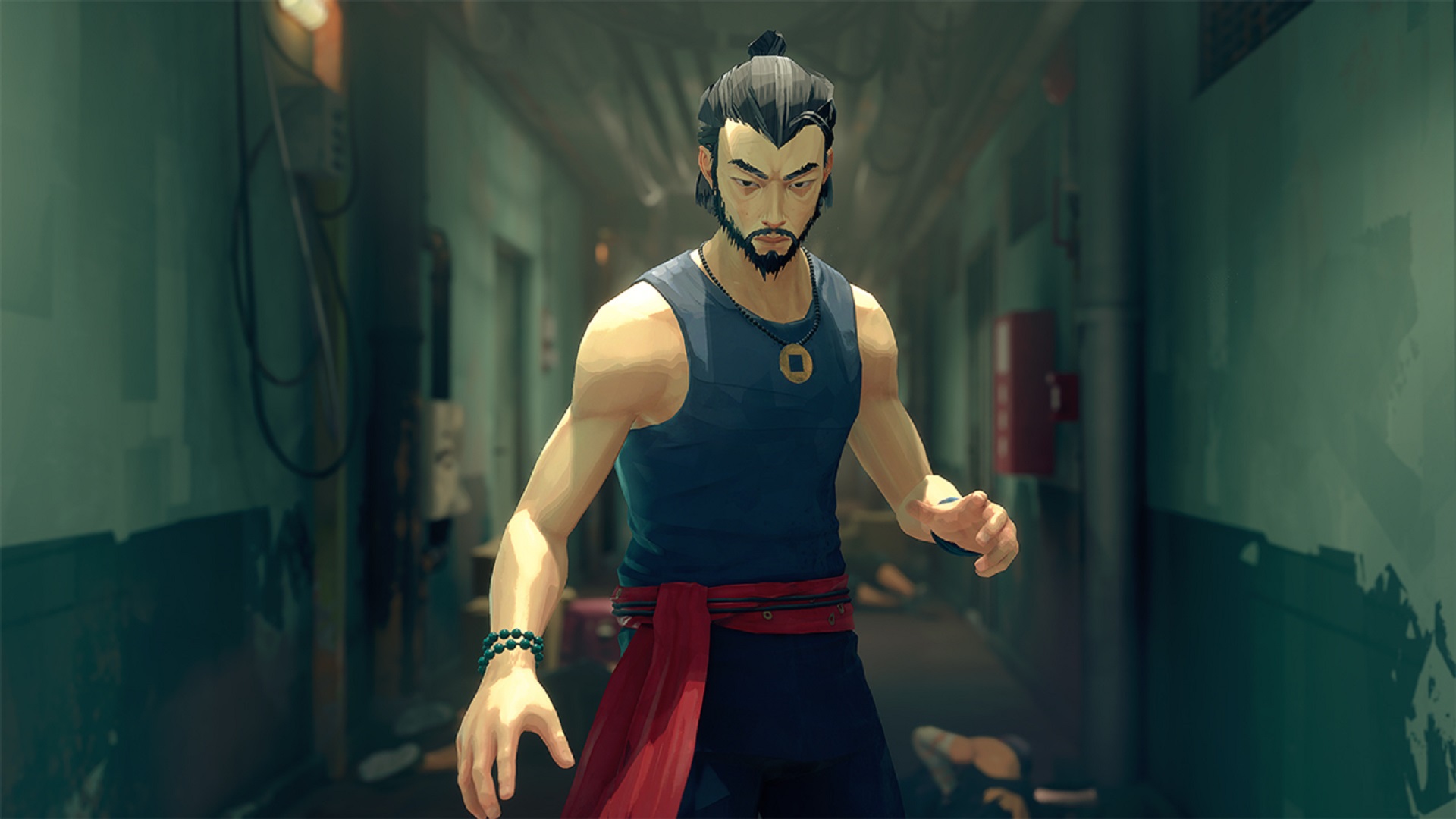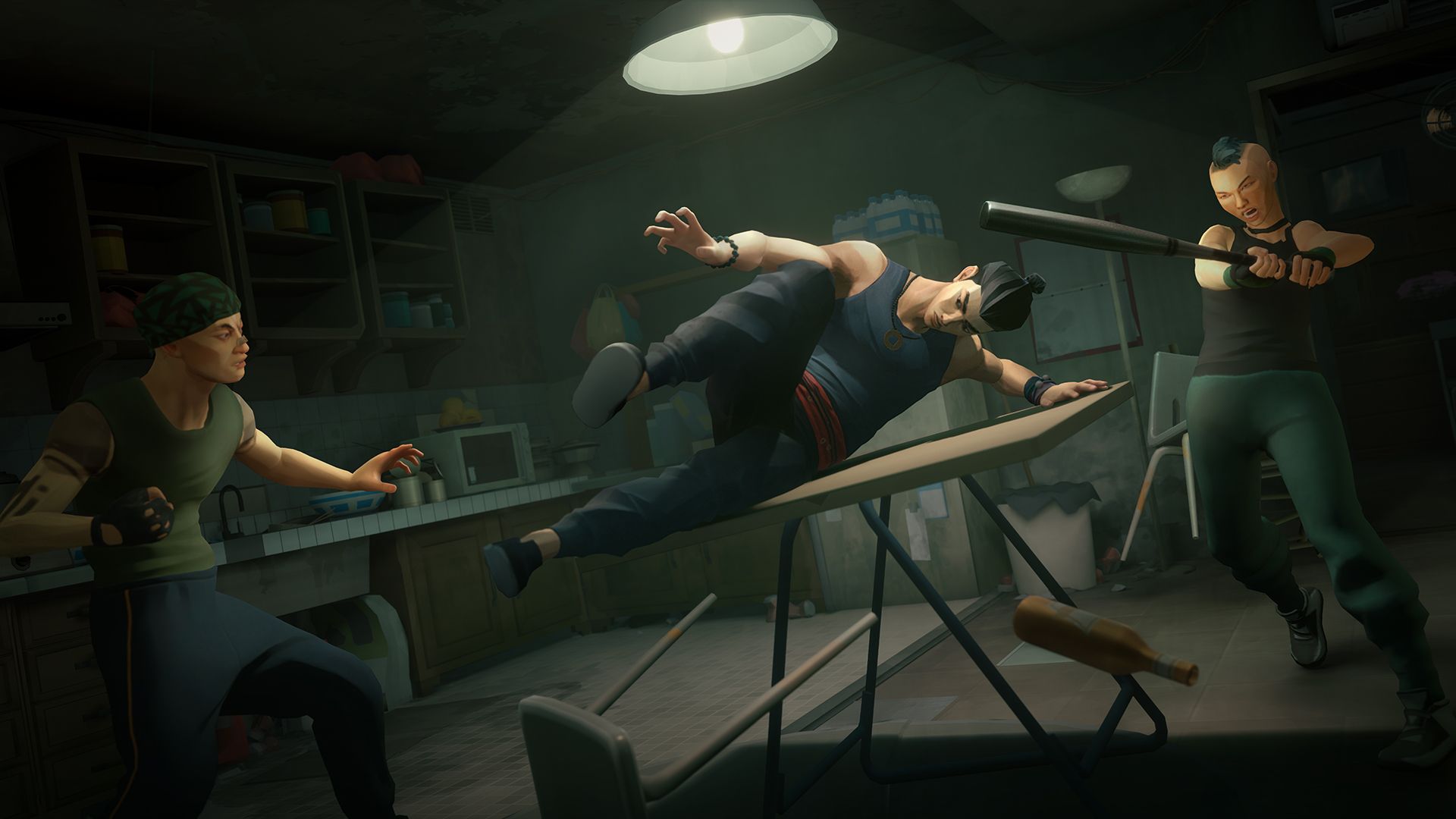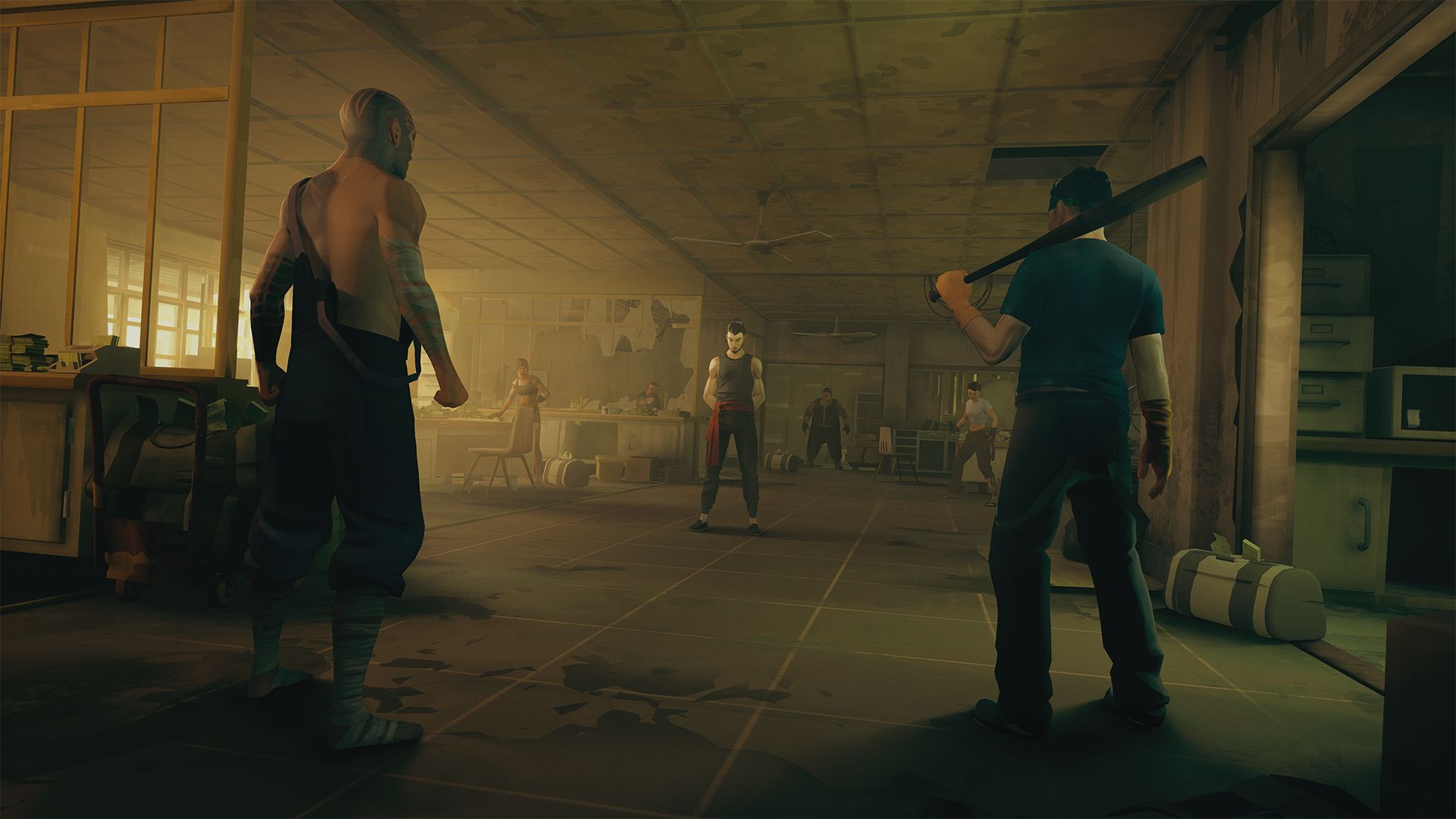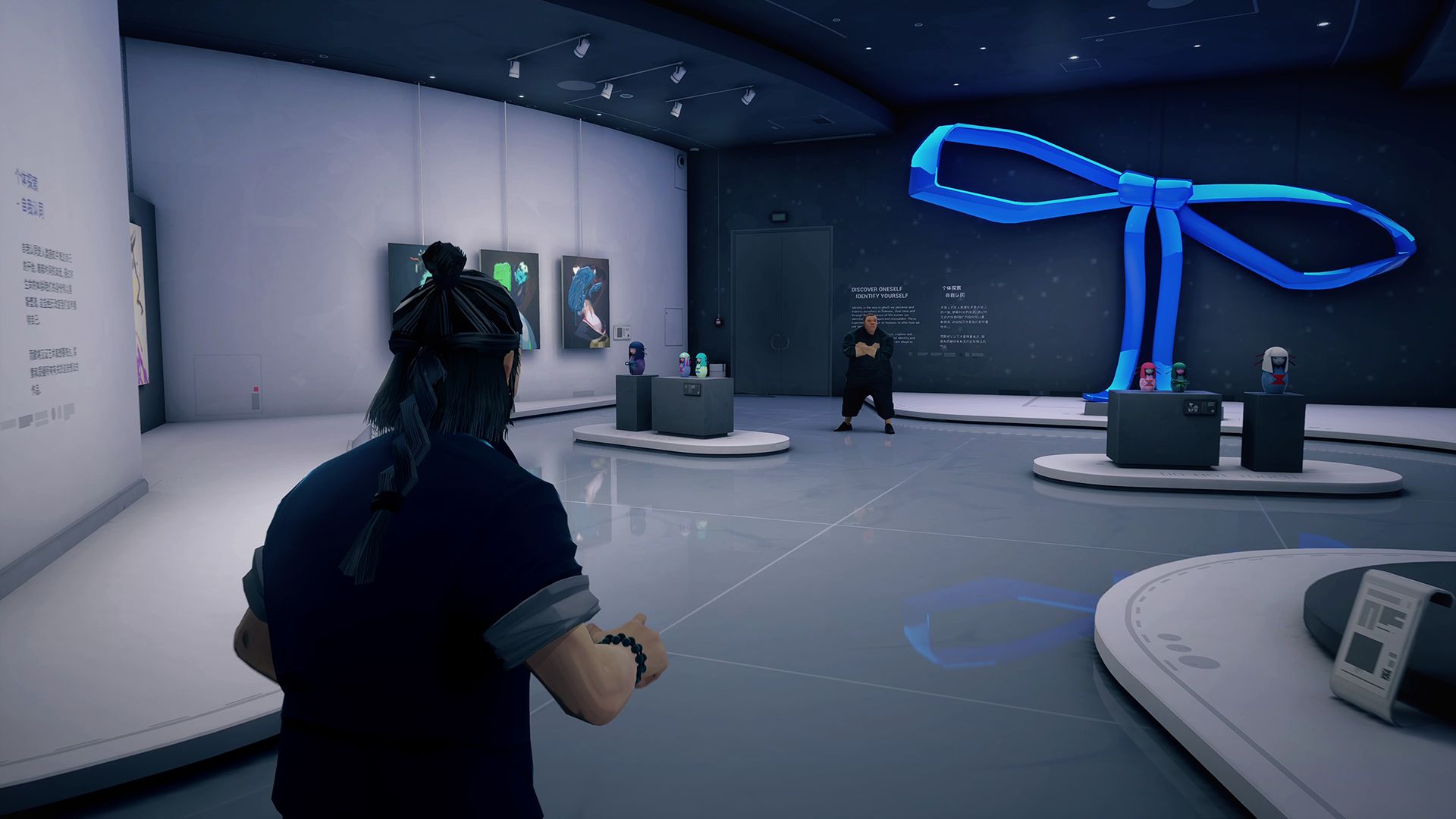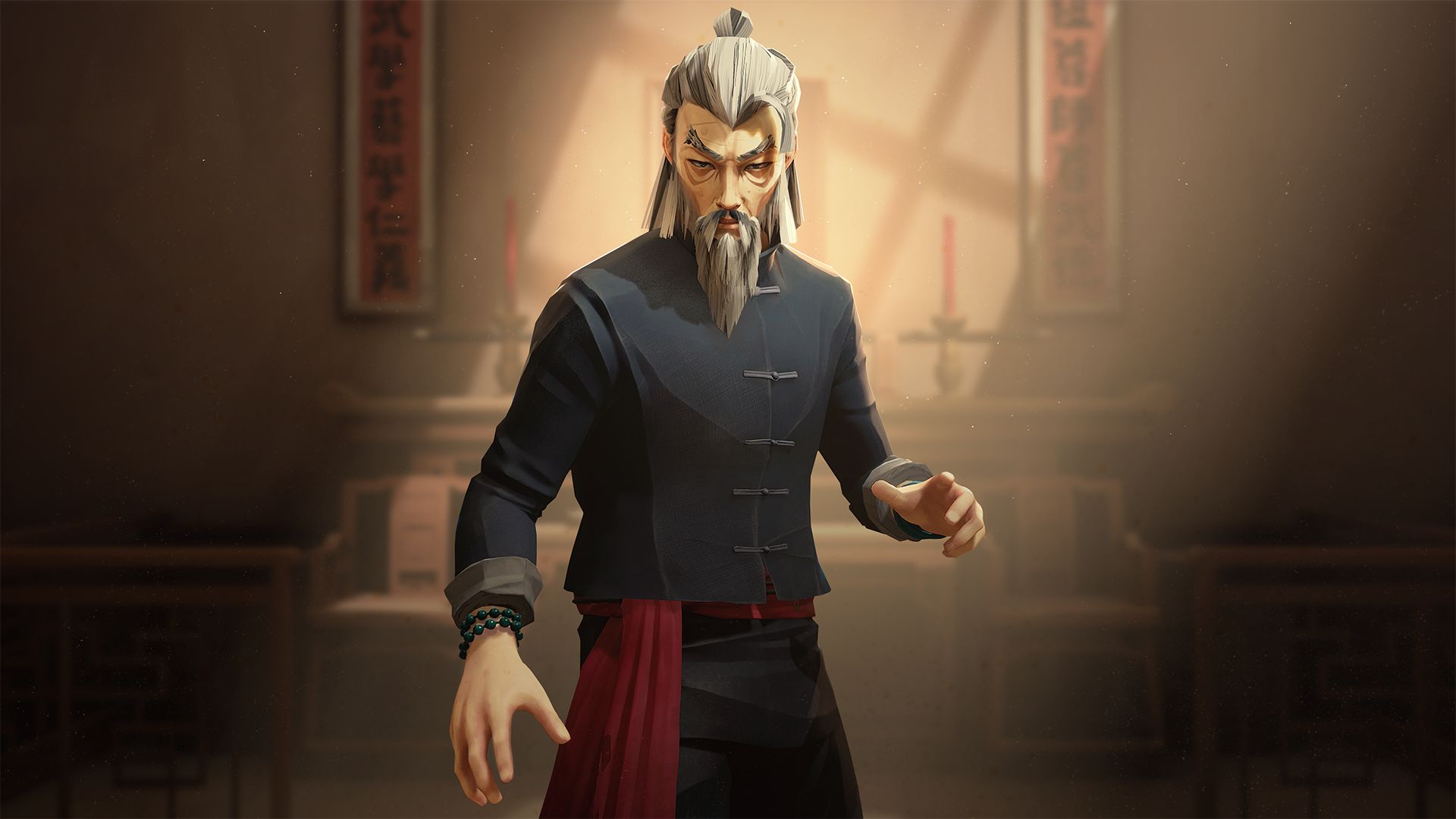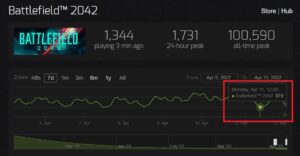Following the more open-ended Absolver, developer Sloclap is making a comeback with Sifu. It once again emphasizes hand-to-hand combat but with a clear narrative and structure. It releases on February 8th, 2022 for PS4, PS5 and PC via the Epic Games Store but I recently had a chance to go hands-on with the game’s second chapter to see just how masterfully it’s shaping up. So without further ado, here are 15 things you should know about Sifu.
Story
The story of Sifu is layered but presented in straightforward fashion: Your family has been killed and must be avenged. Five assassins are responsible and each has their own range of thugs and foot soldiers that will attempt to stop you. Sean is the target in the preview build and hangs out in The Club where underground fights and the “Burning Party” take place. Levels are fairly linear in nature which helps keep the pacing tight. Unlike Absolver, there’s no online play – you’re in it for that one successful run where all of the targets are eliminated.
Detective Board and Clues
With that in mind, Sifu does have a few aspects akin to rogue-lites. The Detective Board is open from the outset and provides information on each target. As you venture through each new level, new clues and details will be added. The Club, for instance, has locked doors that require a keycard – this will subsequently be added to the board for your next run. While the potential use of the Detective Board, aside from keeping one up to speed on everything they’ve learned, wasn’t apparent in the preview, Sloclap has suggested that it could be used to open shortcuts on later runs.
Training
Before you set out avenging your family, practice is key. Accessing the wooden training dummy at your base will open up a virtual dojo for sparring against an AI opponent. You can set the opponent’s behavior to passive to test out various combos or aggressive for some real pain (which is useful to practise the timing of parries and dodges).
Combat
As to the actual combat, there’s a lot to like. You have a Light Attack and Heavy Attack – pressing the right combination of these buttons performs certain combos, like multiple strikes that transition into a back-breaker or a roundhouse kick to the head. Special moves like sweeping your opponent and then attacking them on the ground; parries, which create openings to either push a foe away or throw them in a given direction (or into other enemies); and dodging are all here along with sprinting attacks.
It all feels incredibly responsive – attacks have a weight and impact behind them, which varies depending on whether you’ve landed a solid hit or had it blocked. Enemies can also be knocked into walls which deals damage and creates an opening for more punishment. There’s also the Focus meter that slowly builds up over time – holding down L2 slightly slows down time and allows for executing some strong special attacks (like smashing an opponent’s face or executing a powerful sweep).
Weapons and Using the Environment
Weapons, whenever they’re available, can often be the difference maker. You have staffs, pipes, bats and blades that dish out strong health and Structure damage but sometimes, it’s ideal to pick up a bottle or glass and smash it against a foe’s head. Throwing weapons is also seamless but even if there’s nothing around, you can kick footrests and other environmental objects into foes from a safe distance. So if it seems like standing your ground isn’t working out, try checking nearby for an equalizer or two.
Structure Meter
Along with your health bar, there’s the Structure Meter. Like in Sekiro, this meter builds up when taking damage or blocking attacks. Laying on some heavy strikes and parrying will cause it to build pretty fast – once an opponent’s Structure has been broken, you can use a takedown to immediately finish them. This helps restore a small amount of health and comes in handy during lengthier runs. However, enemies can also break your Structure if you’re not careful.
No Combo Customization
Another aspect where Sifu branches off from Absolver is the lack of combo customization. While new abilities and combos can be unlocked, you can’t modify individual moves to be executed in custom sequences. As such, the goal is to focus on mastery of the fighting style (which is based on Pak Mei Kung Fu) along with building into your own approach with different skills and stats.
Unlockable Skills and Stat Upgrades
As you defeat foes and garner XP, your character can acquire various skills. Focus attacks like 360 Swing Focus allows for knocking down multiple enemies when using a staff while Thigh Cut Focus will slice an enemy’s thigh with a blade weapon. Bare-handed moves include the Chasing Trip Kick to follow up on a pushed enemy and knock them down; Raining Strikes is all about dealing a series of lightning fast punches. You also have utility skills like using parry to catch thrown items, the Duck Strike for forward movement and so on.
Each skill can be unlocked before resurrecting but requires additional XP to permanently unlock in a run. During a run, you can also unlock certain stat upgrades from shrines like increased Structure, additional health restored on takedowns, resetting the death counter to zero and so on. Not everything is tied to XP – some stat upgrades may require a certain score to unlock. EXP gains, skill costs and stat upgrade options haven’t been fully tweaked yet so it’s possible that some things change in the final game.
Enemies
Though I only played through the first half of the second chapter, there was decent variety to the enemies. Many were your regular rough and tumble clientele – not masters per say but more than capable of handling themselves in a fight. More unique foes start to emerge quickly though. Upon entering the Club and dispatching some of the lesser goons, I immediately battled against an agile foe who specialized in low kicks and sweeps, following up with an overhead kick that could be instant death.
Larger foes capable of picking up and tossing me aside, not to mention shrugging off some attacks, can also be expected. Another sub-boss type character also awaited near the end of this preview who was fairly skilled at reading and dodging attacks while responding with some truly devastating strikes.
Empowered Enemies
Another threat to watch out for is an Empowered foe. Upon executing a takedown on an enemy whose Structure was depleted, they fought off the attempt and suddenly gained more health and Structure while glowing yellow, dealing more damage in the process. I found very specific foes that did this in different runs, which meant simply defeating them instead of executing takedowns.
But even when I thought I knew which ones could go – for lack of a better term – Super Saiyan, one did this early on in a run, catching me off guard completely. Long story short, always be ready to adapt on the fly, whether it’s vaulting over obstacles to segregate foes, or picking up random objects as weapons.
Intimidation
One interesting bit seen in the preview is the ability to intimidate enemies. While you can make different dialogue choices (which don’t seem to affect whether enemies attack or not), sometimes beating down the opposition can cause a surviving opponent to spill the beans. How prevalent this is throughout the story remains to be seen but it’s still a nice little wrinkle to various combat scenarios.
Death, Resurrection and Aging
The other key hook to Sifu is death, or rather, being able to resurrect from death. Before rising up, you can unlock a skill and gain an edge. However, you age upon resurrection – continuous aging can result in increased damage (since you’re slowly becoming a master) but reduced overall health. The number of deaths accrued also adds on to the number of years gained with each resurrection.
Fortunately, taking down powerful foes seems to reduce the counter and there’s an unlock which can completely reset it. You’re not immortal though and once all of your revives have been used up, death is unavoidable. Executive producer Pierre Tarno did confirm to MP1st that several runs would be needed for players to fully understand all of the game’s secrets.
You’re Not Invincible
This goes without saying but despite being skilled in kung fu – and only becoming stronger with each death and unlock – Sifu isn’t a walk in the park. Multiple foes will assault you at once, and it’s very easy to get knocked into a wall or have your Structure on the cusp of breaking. Knowing which moves to use, timing your parries and avoiding the stronger attacks also takes some practice.
As such, it’s a good idea to keep moving around your environment, finding different items to throw at enemies, knocking some of them off balance and prioritizing the weaker targets first. Thankfully, enemies won’t always be ready to fight you in some sections so it’s possible to get the upper hand at the start of a fight.
System Requirements
PC requirements for Sifu have yet to be fully detailed with only the minimum requirements revealed thus far. An Intel Core i5-7300U 3.5 GHz, 8 GB of RAM and an Nvidia GeForce GTX 660 or AMD Radeon HD 7870 or DirectX 11 capable GPU are advised. Based on my own experience with the preview, even with mid-tier hardware like a GeForce GTX 1080, performance with most settings set to High was very good with no issues. While further optimization and polish is still being done, I faced pretty much no problems save for the camera being difficult when backed into certain corners.
4K/60 FPS on PS5
While the preview was played on PC, it’s worth noting Sifu’s PS4 and PS5 performance. It reportedly runs at 60 FPS on both platforms with the PS5 being capable of outputting at 4K resolution. DualSense support has yet to be outlined but I can definitely see different kinds of haptic feedback being utilized depending on the blows landed. More details on that front have yet to be revealed so we’ll have to wait.
Source: https://gamingbolt.com/sifu-hands-on-impressions-15-things-you-should-know
- "
- 11
- 4k
- Additional
- agile
- AI
- All
- AMD
- around
- bats
- Bit
- Blade
- board
- branches
- build
- Building
- Catch
- Cause
- change
- checking
- clientele
- club
- Costs
- damage
- dealing
- Deals
- despite
- Developer
- DID
- distance
- Early
- Edge
- Environment
- environmental
- Epic Games
- executive
- executive producer
- experience
- Face
- family
- Fashion
- FAST
- fights
- First
- Focus
- follow
- Forward
- FPS
- game
- Games
- Glass
- good
- GPU
- Handling
- Handy
- Hardware
- head
- Health
- here
- High
- How
- HTTPS
- i
- idea
- Impact
- information
- Intel
- issues
- IT
- keeping
- Key
- learned
- Level
- light
- lightning
- Long
- maker
- Making
- mastery
- May
- Near
- nvidia
- online
- open
- open-ended
- opposition
- Options
- Other
- Pain
- PC
- performance
- pipes
- Platforms
- play
- players
- potential
- Preview
- Process
- producer
- ps4
- ps5
- RAM
- range
- RE
- Reading
- reduce
- Releases
- Requirements
- requires
- responsible
- Revealed
- Run
- s
- safe
- seamless
- Series
- set
- Short
- skills
- small
- So
- specialized
- speed
- start
- stats
- store
- straightforward
- Strikes
- successful
- support
- Sweep
- Target
- test
- The
- time
- Training
- unique
- upgrades
- utility
- venture
- Virtual
- wait
- Watch
- WHO
- working out
- worth
- years
- zero


